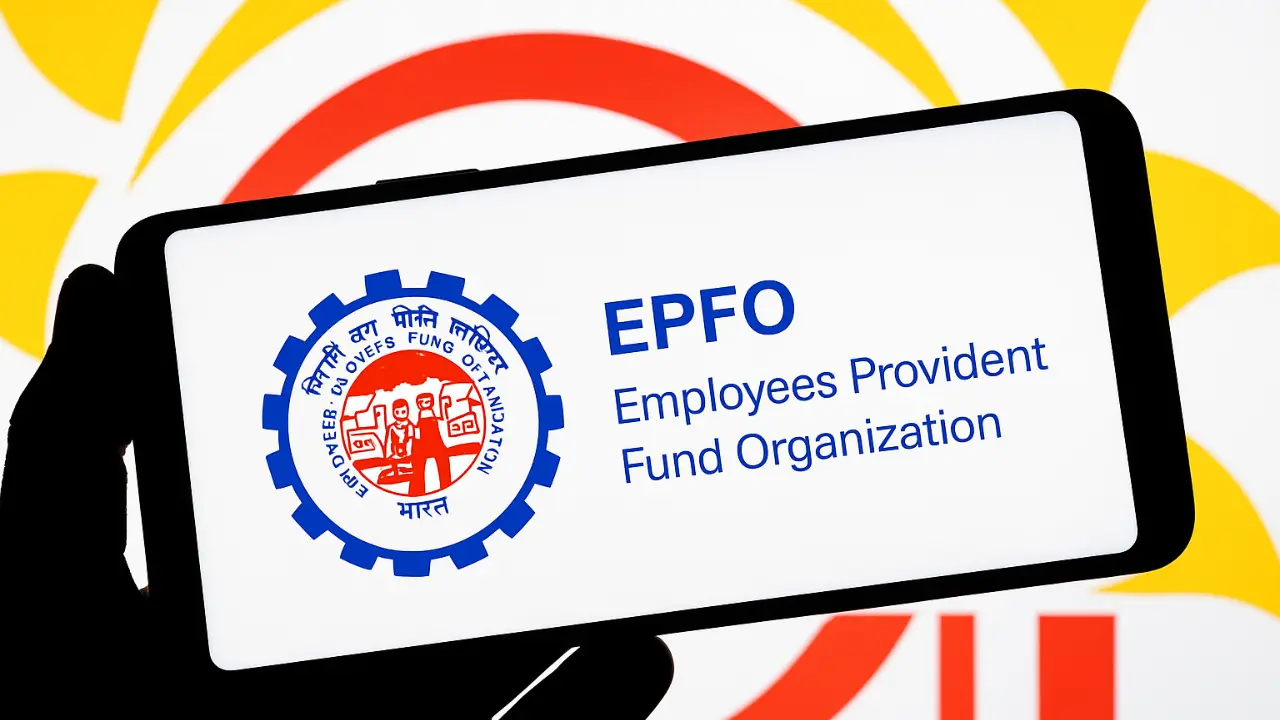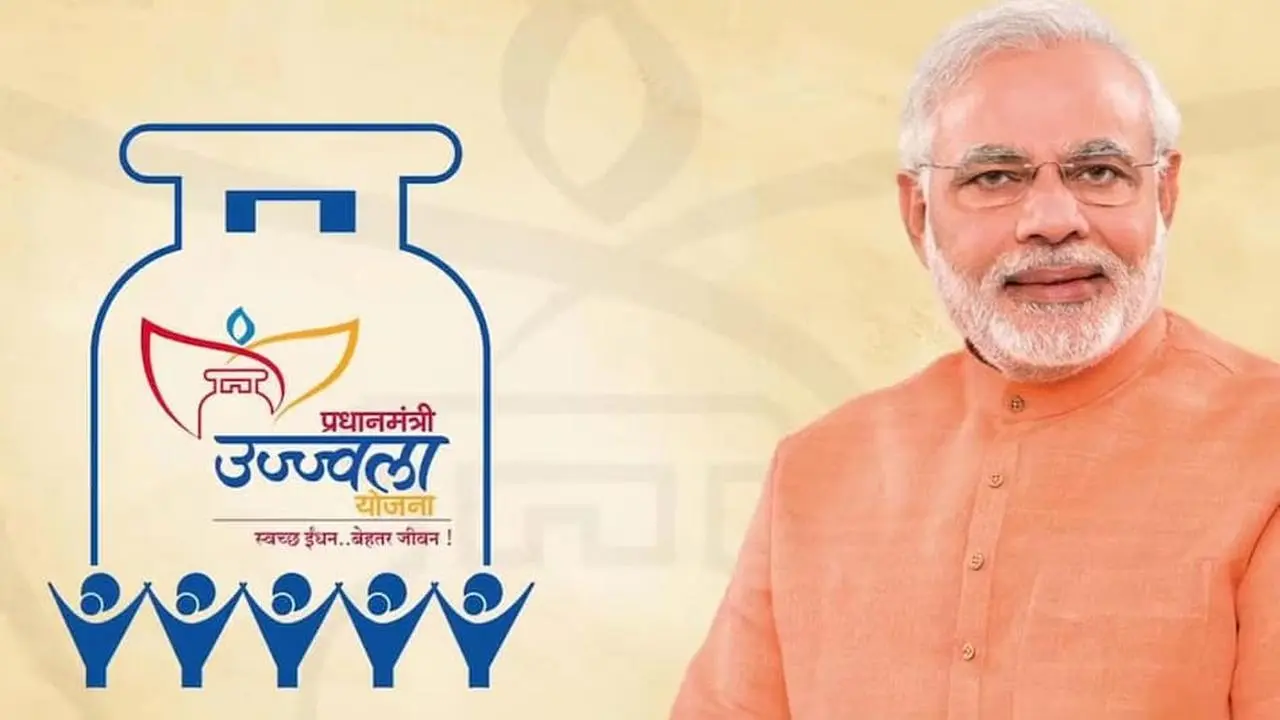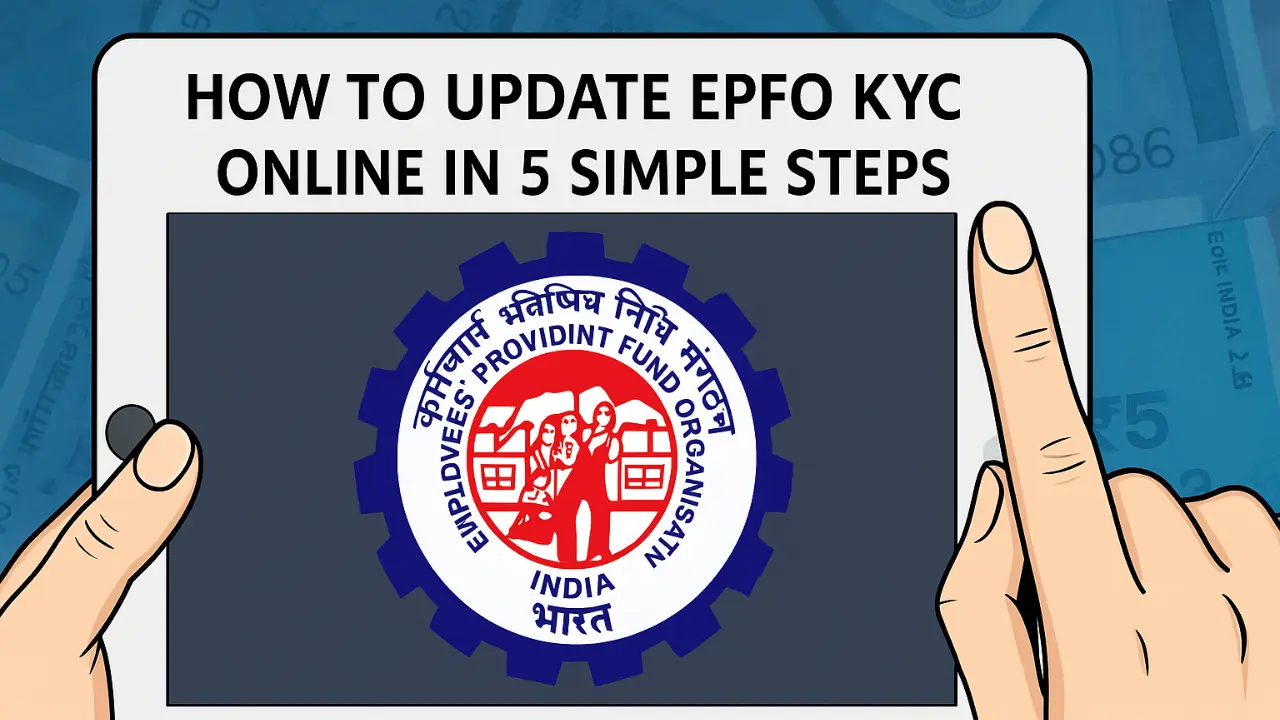If you’ve opened any financial news portal today, chances are you’ve seen alarming headlines about the Indian stock market crashing. The Sensex and Nifty, India’s two key benchmark indices, have taken a significant beating, wiping off investor wealth within hours. But what’s causing this turmoil? Let’s break it down in plain English.
Understanding the Indian Stock Market
What are Sensex and Nifty?
Sensex and Nifty are like report cards for India’s stock market. The Sensex tracks 30 top companies listed on the BSE, while the Nifty tracks 50 on the NSE. When they crash, it means the broader market is hurting.
How the Indian Market Typically Reacts
Markets are emotional beasts. They react to economic data, policy changes, global trends, and even social sentiments. And right now, they’re feeling jittery.
Today’s Market Crash – What’s Going On?
Summary of the Fall
The Sensex tanked over 900 points, and the Nifty slipped below crucial support levels. It’s not just a dip—it’s a freefall across sectors.
Sectors Hit the Hardest
IT, Banking, Auto, and Realty sectors are bleeding red. Even the usually steady Pharma and FMCG stocks aren’t being spared.
Top Reasons Behind the Market Crash
Global Economic Uncertainty
The global economy is on shaky ground. And when the world sneezes, India catches a cold.
US Federal Reserve Rate Hike Fears
The US Fed is tightening interest rates again to combat inflation. This makes global investors pull money out of emerging markets like India and invest back into the US.
Crude Oil Price Volatility
Crude oil prices are swinging like a pendulum. Rising oil prices hurt India, which imports most of its crude needs. Higher oil = higher inflation = unhappy markets.
Rising Geopolitical Tensions
From Russia-Ukraine to China-Taiwan, global conflicts are making investors nervous. War and unrest are never good news for stock markets.
Weak Corporate Earnings
Quarterly results haven’t been impressive. Big names are missing profit targets, spooking investors.
FII (Foreign Institutional Investors) Selling Spree
Foreign investors are offloading Indian stocks like hot potatoes. This outflow creates pressure on the rupee and market indices.
Strengthening of the US Dollar
As the dollar gets stronger, the rupee weakens. This triggers a chain reaction that’s bad for imports, inflation, and market sentiment.
Domestic Macroeconomic Data Concerns
Slower GDP growth, high inflation, and jobless rates—none of these are helping. Mixed signals from the economy aren’t exactly market-friendly.
Sector-wise Breakdown of the Fall
IT Sector Slowdown
Global tech demand is shrinking. Indian IT giants are facing margin pressures and reduced project flows.
Banking and Financial Stress
NPA concerns are creeping back, and rising interest rates are pinching borrowers and lenders alike.
Pharma and FMCG Trends
Even defensive sectors like Pharma and FMCG saw profit booking. High input costs are squeezing margins.
Auto and Realty Under Pressure
Rising fuel prices and interest rates are slowing down consumer demand for cars and real estate.
Investor Sentiment and Panic Selling
Role of Retail Investors
Many first-time investors who entered during the bull run are now panic-selling at losses. Fear is contagious.
Algo Trading and Stop-loss Triggers
Once automated systems detect drops, they sell in bulk. This creates a snowball effect, worsening the crash.
What Should Investors Do Now?
Don’t Panic – Think Long Term
Crashes aren’t new. They’re part of the market cycle. If your investments are solid, ride it out.
Review Your Portfolio
Now’s a great time to rebalance. Cut the deadwood and focus on quality stocks.
Invest in Defensive Stocks
Think Pharma, FMCG, Utilities—sectors that hold up well during uncertainty.
Consult Financial Advisors
If you’re unsure, don’t wing it. A certified advisor can guide you through rough waters.
Is This Just a Correction or a Bigger Crash?
Historical Context
We’ve seen this before—2020 pandemic crash, 2008 global financial crisis. Markets bounced back stronger each time.
Analysts’ Take
Most experts believe this is a short-term correction, not a crash. But yes, some volatility may stick around.
Government and RBI Response
Measures Taken or Expected
The RBI might intervene to stabilize the rupee. Fiscal support packages could be announced if the pain deepens.
Impact on Inflation and Interest Rates
Inflation control remains top priority. So, interest rates may continue to rise, which will impact borrowing.
Global Cues and Their Influence
Wall Street Trends
If the US markets fall, India follows. Yesterday’s Nasdaq plunge didn’t help today’s sentiment.
China, Europe Market Performance
Slow growth in China and a looming recession in Europe are sending shockwaves across global indices.
Outlook for the Coming Weeks
Key Economic Data to Watch
Keep an eye on inflation numbers, RBI announcements, and GDP data. These will shape market direction.
Earnings Season Impact
If upcoming quarterly results beat expectations, we may see a reversal in trend.
Festive Season Predictions
Festivals boost consumption. If consumer sentiment remains strong, markets may stabilize.
Conclusion
The Indian stock market is definitely having a rough day, but it’s not the end of the world. Corrections are part and parcel of investing. What matters is your perspective—are you in for the short-term thrills or long-term gains? Keep calm, stay informed, and make smart choices.
FAQs
1. Why did Sensex drop so much today?
Due to a combination of global cues, FII outflows, weak earnings, and macroeconomic worries.
2. Is it a good time to buy stocks during a crash?
Yes, if you pick fundamentally strong stocks and have a long-term view.
3. Which sectors are the safest during a downturn?
Defensive sectors like Pharma, FMCG, and Utilities tend to perform better.
4. What role do foreign investors play in Indian market trends?
They hold a significant chunk of market value. Their buying/selling decisions hugely influence the indices.
5. How long will this market volatility last?
No one knows for sure, but markets typically recover within months if fundamentals are strong.


















